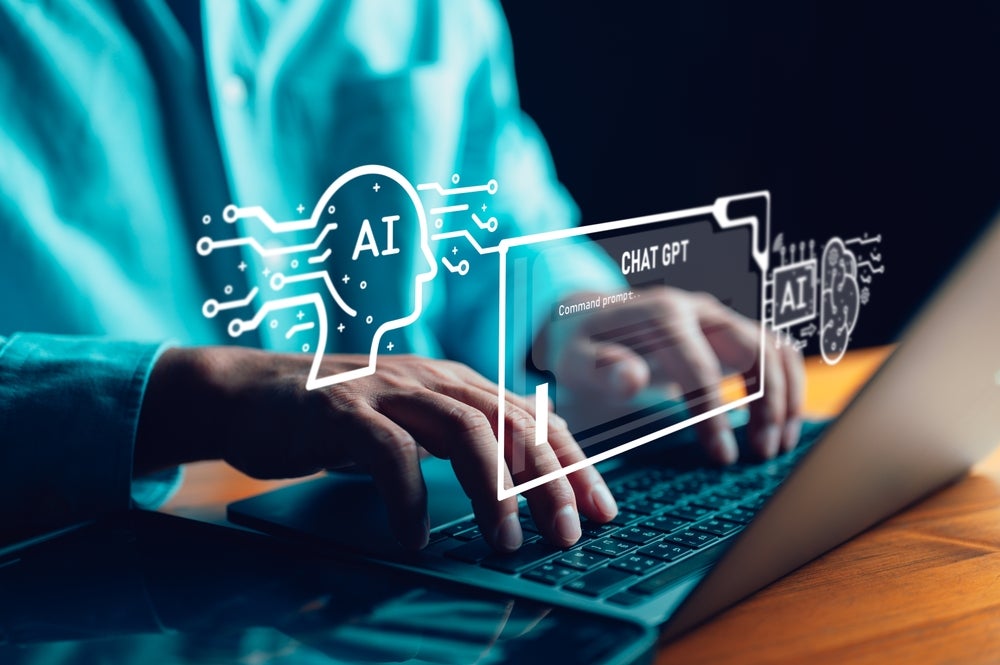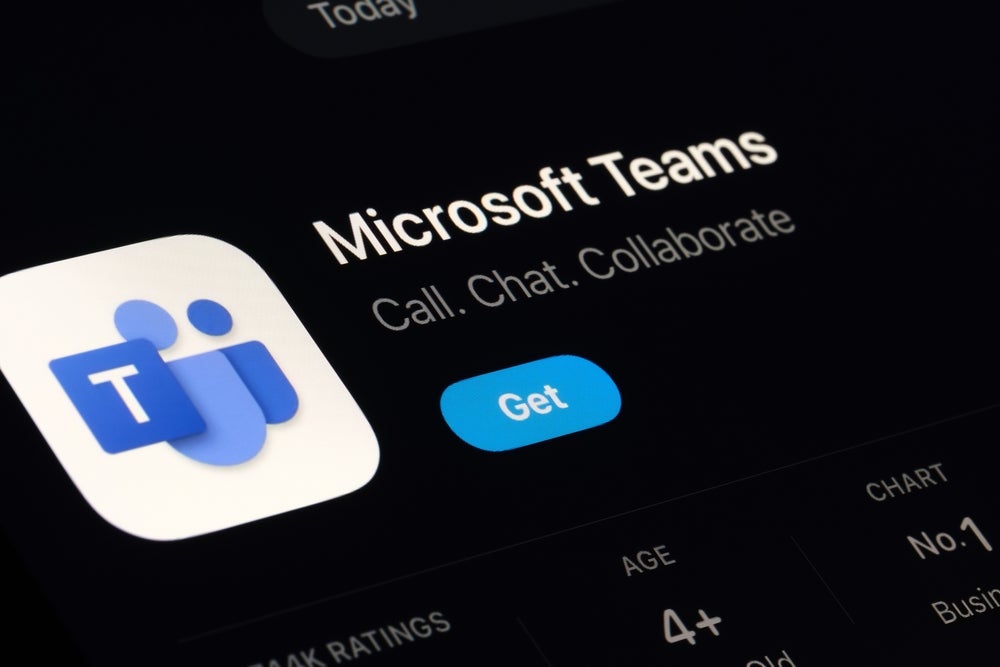
There’s a global shortage of artificial intelligence (AI) talent; labour markets all over the world can’t keep up with the demand for developers, mathematicians and scientists who can create new and innovative AI technology.
There are an estimated 1,600 AI startups just in Europe, not factoring in the AI initiatives in large tech companies, so the wait for new AI graduates remains long. Microsoft has recently announced the goal of training 15,000 new AI professionals by 2022, which is a good start but not enough to fill the estimated millions of roles that are currently vacant.

Access deeper industry intelligence
Experience unmatched clarity with a single platform that combines unique data, AI, and human expertise.
In a recent study, Microsoft and IDC found that the shortage of workers with AI skills has stopped companies that want to adopt AI from being able to do so. Until more highly skilled AI developers enter the workforce, organisations must find creative ways to supplement the talent they need to initiate their AI projects across industries—whether those projects involve voice, image, or pattern recognition, enabling autonomous movement or simulating realistic conversations. These innovations can underpin a new generation of healthcare tools, smart home devices or digital personal assistants. Instead of solely searching for new graduates, more companies need to start actively investing in training current employees and in hiring people with AI-adjacent skills.
The education bottleneck
Many organisations assume they should be finding students or recent graduates to meet their AI needs. SnapLogic conducted a study that found that 49% of IT decision makers believe recruiting from universities is important to getting an effective AI team in place.
However, a study on global AI talent by Tencent suggests education is actually the bottleneck. Most universities do not yet offer AI-specific training courses. The University of Oxford has announced plans for a new college that will recruit hundreds of post-doctoral researchers and graduate students each year in several areas, among them AI and machine learning—but courses will not start until at least 2020, and PhDs take several years to earn. In universities that do have AI research and teaching programs, top professors are being recruited away from academia, making it harder to find the staff to teach new students.
To build an AI team, companies will inevitably have to set up training for existing employees. SnapLogic found that this is happening to some extent at 68% of surveyed organisations, but considering that 93% of organisations said they are fully invested in moving forward with AI, this number should be higher.

US Tariffs are shifting - will you react or anticipate?
Don’t let policy changes catch you off guard. Stay proactive with real-time data and expert analysis.
By GlobalDataDevelop in-house expertise
Companies in niche areas and smaller organisations should not be too rigid in hiring preferences. Part of this requires not looking for people who already have AI experience and instead hiring employees that show the hard and soft skills that could eventually make them valuable members of an AI team. These include flexibility and enthusiasm for learning, complex problem-solving skills, and a solid grasp of mathematics, data visualisation and analytics, and/or security.
At Diffblue, we are lucky to be based in Oxford and in commuting distance from London; we have a pool of talent from varied backgrounds. But even here, there isn’t an abundance of readily available AI experts, which is why we started investing early in hiring talented computer scientists and developers who may not have ever worked in AI before and training them to work with our AI engine. We expect that new team members will spend three to four months learning the inner workings of our technology before they can actively contribute to new development, but the investment has been worthwhile.
AI talent: Where to start?
The current barrier to training might be that the majority of companies that are willing to invest and retrain workers lack an understanding of where to start. Like the shortage of AI degree programs, the shortage of AI training programs for businesses stems from the lack of teachers. However, scalable learning solutions exist.
If you don’t have any in-house AI experts already available to help train new hires, consider offering your staff the opportunity to take online courses in AI or machine learning. Encourage collaboration and co-learning. A team of developers who know how to use these techniques will be more likely to come up with ways to apply them to innovative new features for your business.
Education in AI is critical, and it doesn’t have to be done solely in universities. Organisations can and should be investing in internal training and skills development programmes to meet the growing demand for AI talent and to ensure their workforce is evolving with their business needs.
Read more: Just one in four organisations treating AI ethics as a priority: PwC







